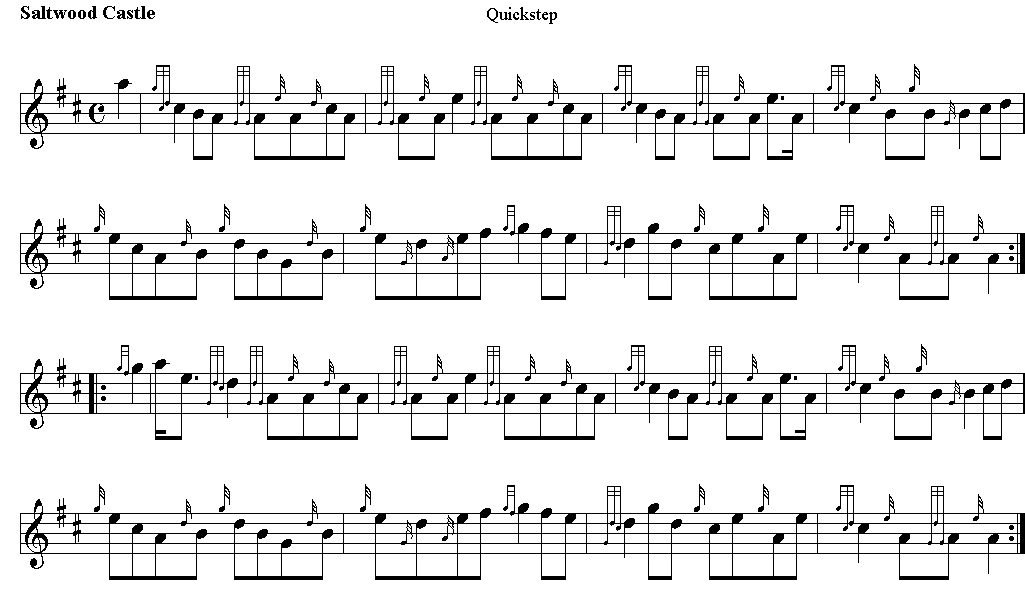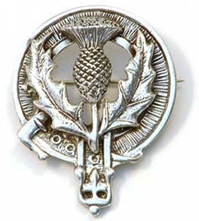|
Saltwood Castle
is in Saltwood village, one mile north of Hythe, Kent,
England. The castle was probably erected on a Roman
site, though Bronze Age implements and copper ingots
discovered in Hayne's Wood, 1874, show the site had
already long been inhabited.
The castle's site traces its history back to 488 CE,
when Aesc, the son of Hengist and the King of Kent,
built a castle on the site. It first appears, however,
on a charter of King Egbert in 833. The manor of
Saltwood was granted to the priory of Christ Church in
Canterbury by a deed dated 1026. Under William of
Normandy, Saltwood, held by the Archbishop of Canterbury
and let, under knights’ service, to Hugo de Montfort,
formed part of the string of large fiefs granted from
Hithe to the New Forest, along the south coast of
England. The structure was replaced by a twelfth-century
Norman structure, with work extending over the next two
centuries. It became the residence for a time of Henry
of Essex, constable of England.
Thomas Becket had asked Henry II on behalf of the Church
for the restoration of the castle as an ecclesiastical
palace. Henry instead gave it to one of his loyal barons
named Ranulf de Broc. This leads to the implication that
some complicity was possible in the murder of Becket by
the baron Ranulf de Broc. It was during this time at
Saltwood, on December 28, 1170, that four knights are
presumed to have plotted the death of Becket, which took
place the following day at Canterbury Cathedral, about
15 miles away. Hugh de Moreville was one of the four
knights that committed the assassination, along with
Reginald Fitzurse, William de Tracey, and Richard le
Breton.
After Becket's assassination, the castle was returned to
the control of the archbishop of Canterbury. Saltwood
remained a church property until the reign of Henry VIII
when Hythe and Saltwood were seized by the Crown. It
became uninhabitable as the result of the earthquake of
April 6, 1580, but was restored in the nineteenth
century, as a residence once again of the Archbishop of
Canterbury. The gatehouse has been used as a residence
ever since.
 |



